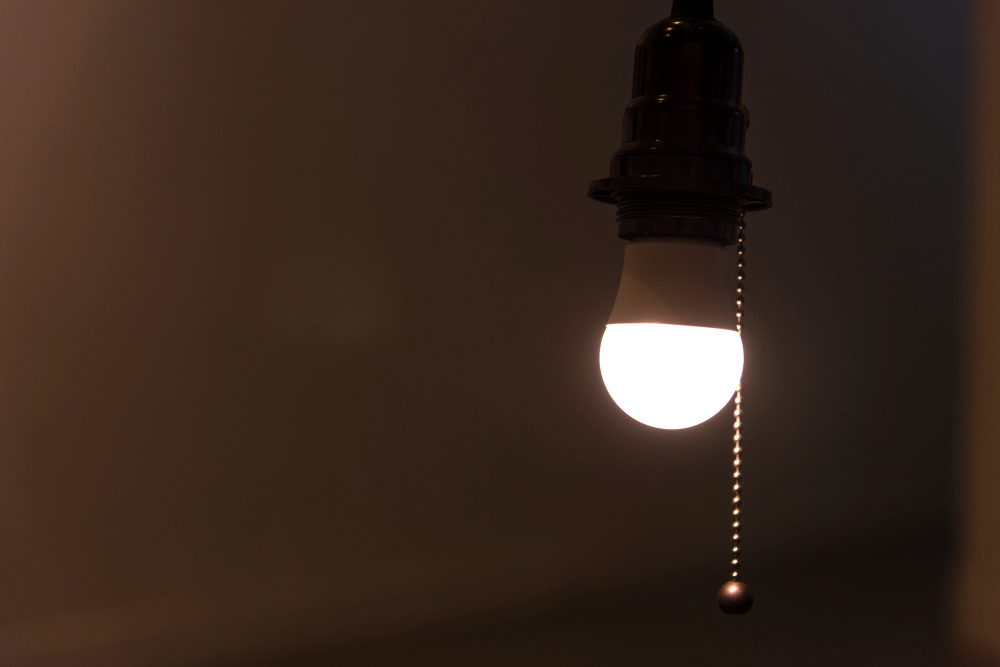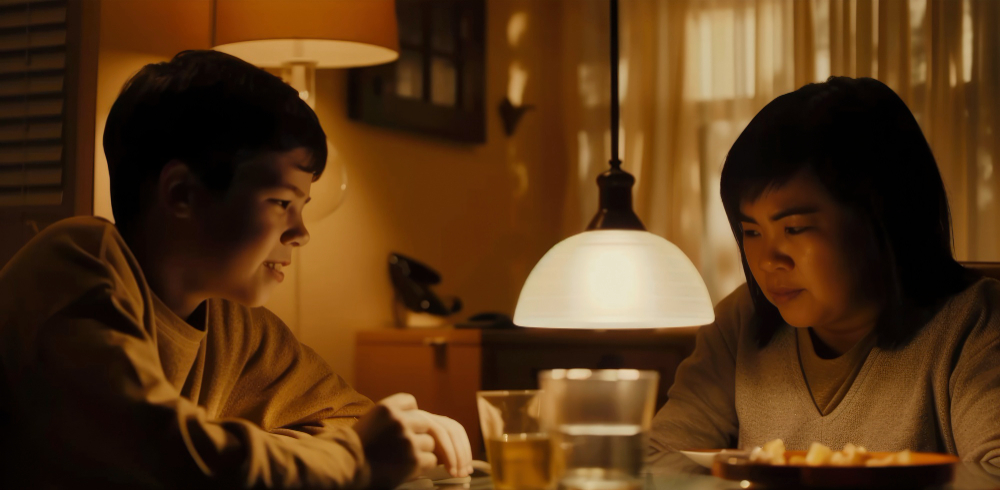
A dropped ceiling with lights is a stylish and functional feature in modern homes, offices, and commercial spaces. It offers a sleek, contemporary look while allowing for better lighting distribution, energy efficiency, and easy access to electrical wiring. Whether fitted with LED panels, recessed downlights, or fluorescent fixtures, a dropped ceiling enhances both the functionality and aesthetics of a space.
However, like any electrical installation, dropped ceiling lights can develop issues over time. Flickering bulbs, dim lighting, overheating fixtures, and connectivity problems with smart lighting are just some of the common complaints homeowners and business owners face. The good news? Most of these issues have simple solutions, ranging from basic DIY fixes to professional repairs.
This guide explores the most common problems with a dropped ceiling with lights, their underlying causes, and how to resolve them effectively to keep your lighting system in top condition.
Flickering or Dimming Lights

1. Causes:
- Loose wiring connections – Electrical connections that aren’t secured properly can cause flickering.
- Voltage fluctuations – Inconsistent power supply can interfere with the stability of LED drivers or fluorescent ballasts.
- Incompatible or low-quality light bulbs – Poor-quality bulbs or mismatched wattage can result in flickering or reduced brightness.
- Worn-out dimmer switches – Older dimmer switches that aren’t compatible with LED lighting can cause flickering.
2. Solutions:
- Check and tighten electrical connections – Turn off the power and inspect wiring for any loose connections. If unsure, hire an electrician.
- Use high-quality LED bulbs or drivers – Cheap, incompatible bulbs may not work properly with your electrical system.
- Install a voltage stabiliser or surge protector – If flickering is caused by power fluctuations, this can help regulate supply.
- Replace outdated dimmer switches – Ensure your dimmer is LED-compatible for smooth brightness control.
Read Also : Lighting Ideas for Low Ceilings and Understanding Low Ceiling Heights
Lights Not Turning On
1. Causes:
- Blown fuse or tripped circuit breaker – Power surges or short circuits may trip the breaker.
- Faulty light switch or dimmer – A worn-out or defective switch can prevent lights from working.
- Burnt-out LED drivers or fluorescent ballasts – These components regulate power to the light fixture, and failure will cause the light to stop working.
2. Solutions:
- Reset the circuit breaker – If the switch has tripped, reset it and check if the lights come back on.
- Inspect and replace faulty switches or dimmers – If the switch doesn’t work on other light fittings, it likely needs replacing.
- Test with a new bulb – If one section of the dropped ceiling with lights isn’t working, try swapping bulbs or LED panels before replacing the entire unit.
- Check the wiring – If multiple fixtures aren’t working, there may be a loose or disconnected wire in the ceiling.
Are you looking for celling service? Call us today for expert advice and reliable service
Uneven Lighting or Shadows
1. Causes:
- Poor lighting placement – Lights spaced too far apart or too close together can create dark spots or glare.
- Mixing different bulb wattages – Using inconsistent wattage or colour temperatures can result in uneven brightness.
- Ceiling panels blocking light diffusion – Misaligned panels can obstruct the way light is distributed.
2. Solutions:
- Rearrange lighting placement – Consider repositioning fixtures for better light balance and coverage.
- Use consistent wattage and colour temperature – Warm and cool lights mixed together can cause an uneven appearance.
- Adjust ceiling panels – If light is being blocked, ensure panels are properly aligned and secured.
Overheating Lights
1. Causes:
- Poor ventilation in the ceiling cavity – Heat gets trapped, increasing the risk of overheating.
- Bulbs with higher wattage than recommended – Exceeding the fixture’s wattage rating can cause excess heat buildup.
- Dust accumulation blocking airflow – Dirt and dust can insulate heat, making fixtures work harder.
2. Solutions:
- Improve airflow in the ceiling cavity – Ensure there’s enough ventilation to allow heat to escape. If needed, install small ventilation grilles.
- Use energy-efficient LED lights – LEDs generate less heat compared to incandescent or fluorescent bulbs.
- Clean fixtures regularly – Dust and debris reduce heat dissipation, so wiping lights down periodically helps prevent overheating.
Compatibility Issues with Smart Lighting

1. Causes:
- Older wiring systems incompatible with smart bulbs – Some older circuits may not support smart lighting technology.
- Wi-Fi or Bluetooth connectivity issues – Smart lights need a stable connection to function properly.
- Inconsistent app or automation settings – If lights don’t respond, incorrect configurations in the app may be the cause.
2. Solutions:
- Ensure smart bulbs are compatible with your wiring and dimmers – Not all smart lights work with older electrical systems.
- Place Wi-Fi routers or smart hubs near lighting areas – Weak signal strength can cause connectivity failures.
- Update firmware and check app settings – Keeping the app and bulbs up to date ensures better performance.
Conclusion
A dropped ceiling with lights is a fantastic way to enhance any space, but like any electrical installation, problems can occur over time. Flickering, overheating, and poor placement can affect both the functionality and aesthetics of your ceiling lights.
By identifying common issues early and taking the right steps to fix them, you can ensure your lighting setup remains efficient and visually appealing. Whether it’s a simple bulb replacement or a more complex wiring issue, addressing the problem promptly will save you time, money, and frustration.
For serious electrical faults or major ceiling repairs, always consult a qualified electrician or ceiling repair specialist to ensure a safe and lasting solution.
Ceiling issues? Wall issues? Let Southern Ceiling Repairs fix it. Get your free quote today!

